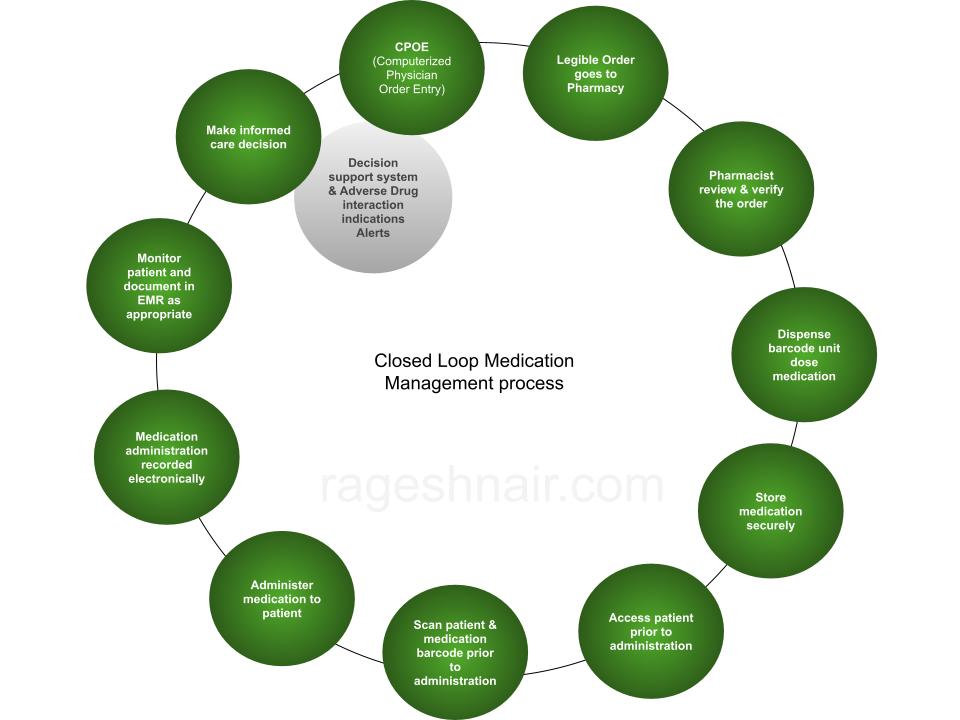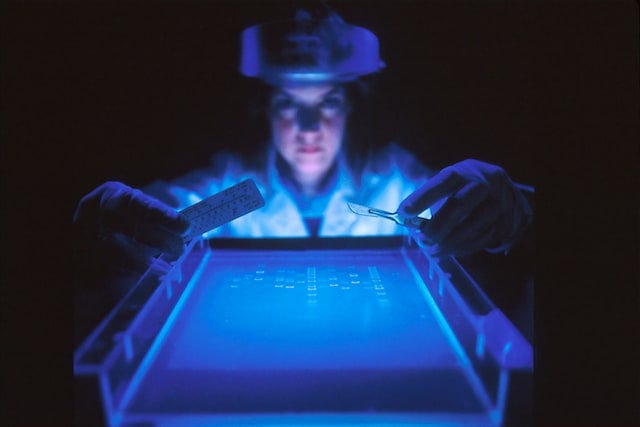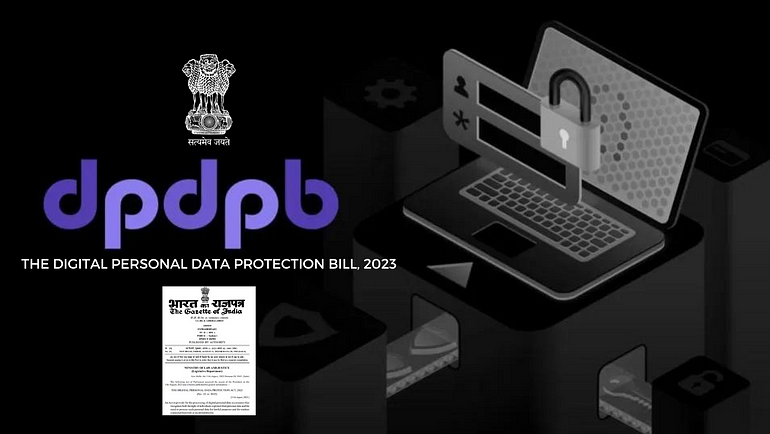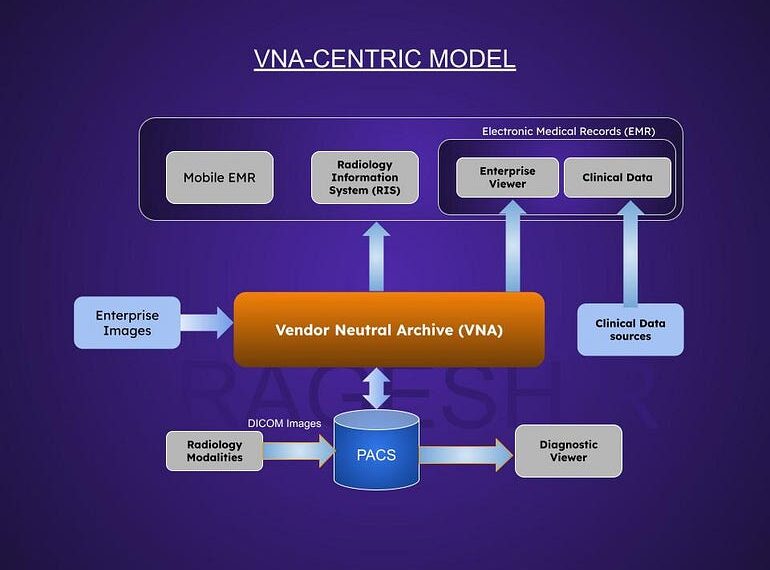Preventing Medication Administration Errors by harnessing the Power of Technology

Photo by Towfiqu barbhuiya on Unsplash
Medication administration errors can have serious implications for patient safety and treatment outcomes. However, technology offers innovative solutions to reduce the risk of such errors and improve medication administration processes by implementing closed loop medication systems integrated with cutting-edge technology. This innovative approach combines automation, real-time monitoring, and intelligent algorithms to create a closed loop process that enhances medication safety and reduces errors.
Closed loop medication systems in patient care are particularly beneficial in critical care settings, such as intensive care units or anesthesia management, where precise medication administration is crucial for patient safety and treatment efficacy. They can also be utilized in chronic disease management, such as automated insulin delivery for diabetes patients.
The advantages of closed loop medication in patient care
Improved Medication Accuracy: The system ensures precise medication dosing based on real-time patient data, reducing the risk of medication errors.
Personalized Treatment: Closed loop medication allows for individualized treatment based on the patient’s specific needs and response, leading to improved outcomes.
Enhanced Patient Safety: Continuous monitoring and automated adjustments help detect and mitigate potential adverse events, promoting patient safety.
Time Efficiency: Automated medication delivery and real-time data analysis streamline the medication administration process, saving healthcare providers’ time and resources.
In this article, we will explore how closed loop medication, supported by technology, can help healthcare providers avoid medication administration errors and improve patient care.
Five Rights of Medication Administration
A closed-loop medication system won’t be complete without explaining the five rights of medication for patients
- Right Patient
- This involves confirming the identity of the patient who is supposed to receive the medication. Using barcode scanning on a patient’s wristband is one of the methods to verify the patient’s identity. It helps prevent medication errors by ensuring that the medication is administered to the correct individual.
- Right Medication
- To ensure the correct medication is administered, healthcare providers can use barcode scanning on the medication package or label. Additionally, optical medication scanners can be employed to identify the medication. If the scanned medication does not match the prescribed one, a warning or alert is generated, prompting further verification.
- Right Route
- This involves confirming that the medication is administered through the correct route (e.g., oral, intravenous, intramuscular) as specified in the prescription. Electronic systems can cross-reference the medication profile with the prescribed route to ensure accuracy. A warning is issued if there is a mismatch between the prescribed route and the scanned medication’s recommended route.
- Right Time
- Medications must be administered at the right time according to the prescribed schedule. Electronic systems can help healthcare providers by providing a scheduled due time within an acceptable time window for administering medications. If the medication is scanned outside the scheduled administration window, a warning alert is generated.
- Right Dose
- Ensuring that the administered dose matches the prescribed dose is crucial for patient safety. Integrated medication scanning systems can compare the intended dose with the prescription. If there is a discrepancy between the two, a warning is triggered to alert healthcare providers.

Critical components required to achieve effective closed loop medication administration
Electronic Health Records (EHRs)
Electronic health records serve as a cornerstone for closed loop medication systems. By digitizing patient information, including medication orders, allergies, and medical history, EHRs provide healthcare providers with real-time access to comprehensive data. This ensures accurate prescribing, minimizes errors related to illegible handwriting or incomplete information, and enables informed decision-making during medication administration.
Computerized Physician Order Entry (CPOE)
CPOE systems replace traditional handwritten prescriptions with electronic medication orders. By eliminating manual transcription, CPOE systems reduce errors associated with misinterpretation or incorrect dosages. These systems also incorporate decision support tools, such as drug interaction alerts and dosage recommendations based on patient-specific factors, further enhancing medication safety.
Barcode Medication Administration (BCMA)
BCMA systems utilize barcode technology to ensure accurate medication administration. Nurses or healthcare providers scan the patient’s wristband and the medication barcode, verifying that the right medication is being given to the right patient at the right time. BCMA systems provide real-time validation and safety checks, minimizing errors in medication selection, dosage, and administration.
Smart Infusion Pumps
Smart infusion pumps are programmable devices that deliver intravenous medications and fluids. Integrated with closed loop medication systems, these pumps enhance safety by eliminating manual calculations and minimizing dosing errors. Smart pumps can be programmed with specific medication dosages, infusion rates, and safety limits, reducing the risk of incorrect administration and adverse events.
Decision Support Systems (DSS)
DSS technology assists healthcare providers in making informed decisions during medication administration. These systems provide real-time guidance, evidence-based recommendations, and alerts regarding medication orders, potential interactions, allergies, or contraindications. DSS tools empower healthcare providers to navigate complex medication scenarios, reducing errors and promoting patient safety.
Real-time Monitoring and Alerts
Closed loop medication systems with real-time monitoring capabilities allow for continuous patient assessment. Integration with physiological sensors and IoT devices enables healthcare providers to monitor vital signs, medication responses, and potential adverse events in real-time. Automated alerts and notifications prompt timely interventions, preventing medication errors and ensuring patient safety.
Staff Training and Education
Implementing closed loop medication systems requires comprehensive staff training and education. Healthcare providers need to understand the technology, its functionalities, and how to utilize it effectively to prevent errors. Ongoing training and support ensure that healthcare professionals can maximize the benefits of closed loop medication systems, minimizing the likelihood of administration errors.
Summary
Medication administration errors pose significant risks to patient safety, but technology-driven closed loop medication systems offer powerful solutions. By integrating electronic health records, computerized physician order entry, barcode medication administration, smart infusion pumps, decision support systems, and real-time monitoring, healthcare providers can minimize errors and enhance patient care. Embracing these technologies requires adequate staff training and a culture of continuous improvement. By harnessing the power of technology, healthcare organizations can transform medication administration practices, reduce errors, and ultimately improve patient outcomes.


Author –Ragesh R
IT professional specialized in healthcare technologies with over two decades of experience. He also has a fondness for photography, traveling, designing, painting, and sharing knowledge.





